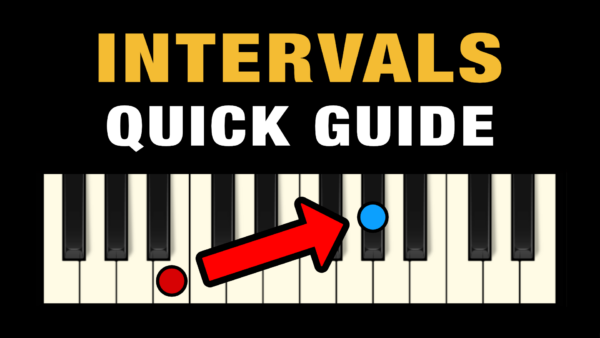 Do you want to learn and master the essential ingredients for making music?
Do you want to learn and master the essential ingredients for making music?
Chords, Harmonies, Melodies…they all rely on the intervals of music.
Why? Because you chain intervals to create melodies, you stack them to create harmonies, and layering several harmonies to create chords. And each interval can also be played upwards, downwards, or together (= in harmony).
As a music composer, you should not only know every interval. You should learn them by heart: their sound, their emotion, their tension level, and finally how they sound in combination with other intervals when you play them as chords…and so on.
Music Intervals – Quick Chart
[table id=1 /]
